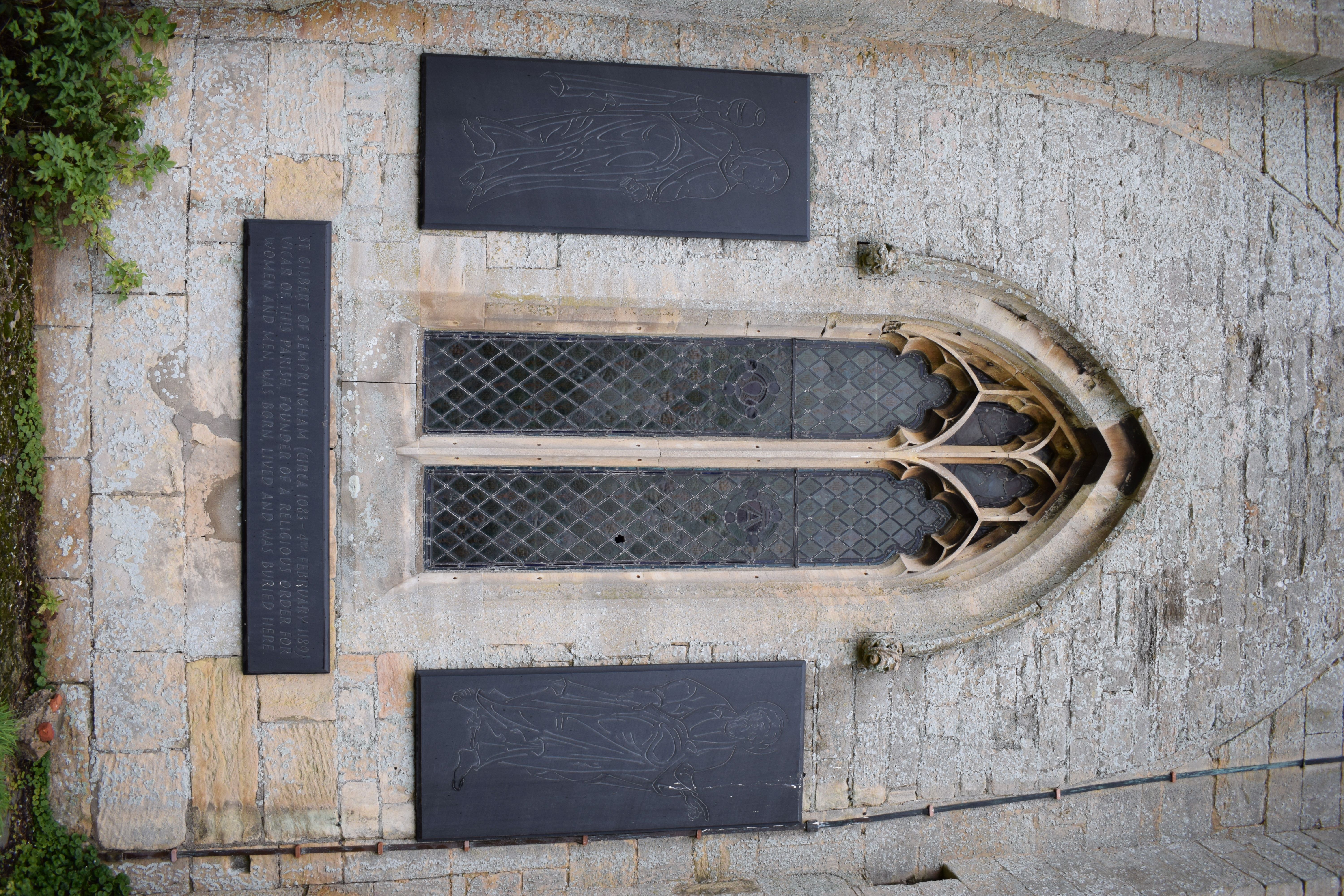One of South Kesteven’s lesser-known heritage sites comes under the spotlight this weekend, with the anniversary of the death of St Gilbert of Sempringham, who founded Sempringham Priory, near Bourne.
Sempringham became a place of pilgrimage, and soon miracles of healing were attributed to Gilbert.
Gilbert died on 4th February 1189, reputedly aged around 103, making this Sunday his Feast day. He was made a Saint in 1201 by Pope Innocent III.
Pope Eugene III granted him the right to establish a new order and visitors can still see the remains of his work and that of the Gilbertines, the only wholly English monastic order of the medieval period.
He was born, lived at and is buried at the site, where the priory centered around a newly-built church – St Mary’s which was spilt by a wall separating male and female occupants, although his grave is now lost.
SKDC Leader, Cllr Ashley Baxter, who is portfolio holder for Visitor Economy, said: “St Andrew’s Church, accessed by a long track from the hamlet of Sempringham, feels now like a remote outpost of times past, hinting at a rich history which remains just below the windswept farmland of the fens.
“It’s astonishing to think that this was the centre of a forward-thinking religious order accepting both women and men, which resulted in several establishments dedicated to spreading Christianity.
“This is a famous story which many people are unaware of, and SKDC’s heritage officers are preparing a short series of blogs on this fascinating topic, which can be read soon at www.discoversouthkesteven.com/blog”
Blog posts on more of South Kesteven’s Surprising Heritage Sites, including The Siege of Castle Bytham, Twyford Woods and Woolsthorpe Manor can be found at the same address online, with more added each month.
SKDC Heritage Officer Claire Saunders said: “Today, St Andrew’s Church is an isolated building surrounded by a wide expanse of farmland.
Lost buildings include St Mary’s Church itself, some 300 metres south of St Andrew’s, the chapter house, infirmary, and kitchens, the canons’ cloisters (home to priests of the order), a guest house, further kitchens and fishponds which would have fed the inhabitants of the priory. Evidence of a tile kiln and even metal working has been found on the site.
“It is not difficult to see how the priory would slowly come to subsume the village, with the majority of the villagers taking holy orders, becoming lay sisters or brothers, or working to support the running of the priory in other ways, like as tenant farmers of the monastic granges.”
Gilbert was born with a disability and rather than training as a knight was sent to Normandy to study for a religious life.
He returned to Sempringham in his late teens, devoutly religious and an advocate for education. He established a school where he taught literacy and religion to the children from his father’s estates.
In 1123, he was ordained as a priest but shunned promotion to return to Sempringham. After inheriting his father’s estates, he dedicated his income to establishing a religious community.
